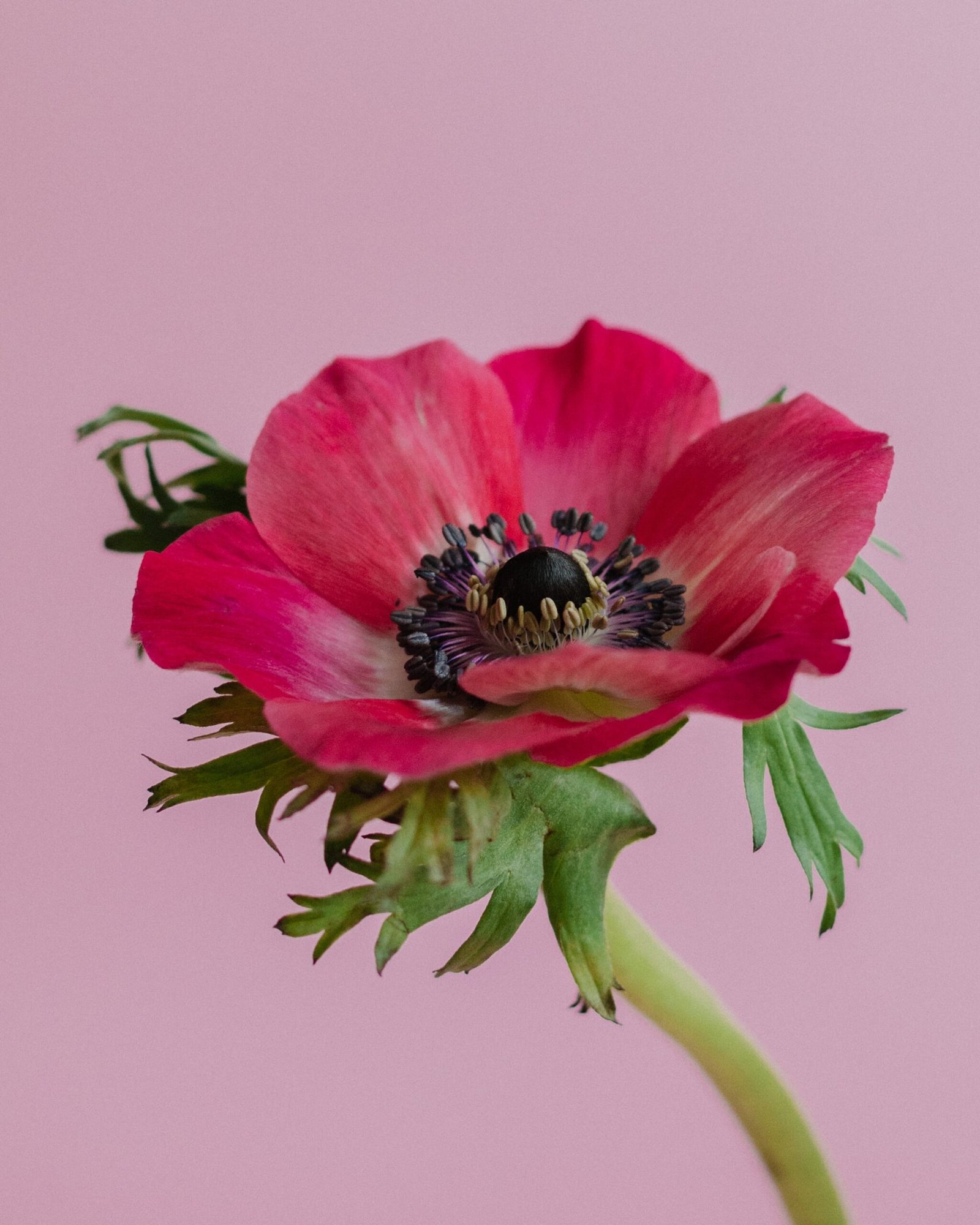- Lotus: How to Plant, Grow and Care for Lotus - 3 November 2023
- Zinnia: How to Plant, Grow and Care for Zinnia - 3 November 2023
- Coreopsis: How to Plant, Grow and Care for Coreopsis - 3 November 2023
Anemone plant, known for its vibrant and showy flowers, is a perennial that belongs to the buttercup family. Native to temperate regions across the globe, anemone flowers come in various colors like red, pink, purple, and white. These attractive blooms are commonly found in gardens and are also used for cut flower arrangements.
About Anemone:
Anemone is a group of plants known for their delicate beauty and wide variety. There are several types of Anemones, including Spring, Japanese, Wood, and Crown Anemones, each with its own unique characteristics.
The life cycle of Anemones varies depending on the species and climate, but they are generally perennial plants. They bloom during different seasons, with some blooming in spring and others in fall, providing a colorful display throughout the year.
Characteristics:
Anemones are known to attract bees, butterflies, and hummingbirds with their vibrant flowers. They are relatively easy to grow and maintain, making them a popular choice among gardeners. While not edible, some Anemones have a mild fragrance that adds to their appeal. Additionally, certain varieties of Anemones have an extended bloom time, ensuring a longer period of enjoyment in the garden. The plant is often used as an ornamental and can be a fast-growing addition to any landscape.
Growing Conditions:
Anemones thrive in well-draining soil and prefer full sun to part shade exposure. They are adaptable to different soil types but perform best in moist, fertile soil. These plants are not particularly resistant to drought, so regular watering is necessary, especially during hot and dry periods.
Resistance:
Anemones are generally resistant to deer and rabbit damage. However, they may be susceptible to certain plant diseases such as rust, fusarium wilt, downy mildew, and powdery mildew, depending on the specific variety and growing conditions.
| Season | Depth | Height | Spacing | US Hardiness Zone |
|---|---|---|---|---|
| Fall | 1 to 2 inches | 12 to 18 inches | 8 to 10 inches | 4 to 8 |
Plant Care Instructions
Light Requirement
Anemones thrive in partial shade to full shade. They can tolerate some sun, but too much direct sunlight can scorch the leaves.
Water Need
Anemones prefer consistently moist soil. Water them regularly, especially during dry periods. However, be careful not to overwater as this can lead to root rot.
Fertilizer
Anemones benefit from a balanced fertilizer, such as a 10-10-10 or 20-20-20. For an organic option, you can use compost or an organic granular fertilizer specifically designed for flowering plants.
Pruning
After the flowers fade, you can deadhead the spent blooms to encourage more flowering. In late winter or early spring, you can cut back the foliage to the ground to allow for new growth.
Toxicity
Anemones are generally considered non-toxic to humans and pets.
Common Issues
Common issues with anemones include powdery mildew, crown rot, and aphid infestations. Ensure good air circulation around the plants and regularly inspect them for signs of these issues. Treat with appropriate fungicides or insecticides if necessary.
Culinary Benefits:
- Anemones can be used in various culinary preparations to add flavor and visual appeal.
- The petals of certain species of anemones are edible and can be used in salads or as a garnish.
- They can also be candied and used as a decoration for cakes and desserts.
- Anemone leaves can be used to infuse flavor into soups, stews, and teas.
- Some species of anemones have a tangy or peppery taste that can add a unique flavor to dishes.
Medicinal Benefits:
- Anemones have been used in traditional medicine for their medicinal properties.
- The plant has anti-inflammatory properties and can help in reducing pain and swelling.
- Extracts from anemones are used in ointments and creams to treat skin conditions like eczema and psoriasis.
- Some studies suggest that anemones may have potential benefits in managing respiratory conditions like asthma and bronchitis.
- They are also believed to have antimicrobial properties and can help in preventing infections.
- Anemones can be used in herbal remedies for digestive issues like indigestion and bloating.
Companion Plants for Anemone:
1. Columbines: These delicate flowers complement the graceful blooms of anemones and provide an attractive contrast in the garden.
2. Bleeding Hearts: The heart-shaped flowers of bleeding hearts create a charming combination with anemones and add a touch of romance to your garden.
3. Ferns: The soft and feathery foliage of ferns creates a beautiful backdrop for anemones, enhancing their delicate blooms.
4. Hostas: The large, lush leaves of hostas provide a contrasting texture to anemones and create a lush and vibrant garden display.
In conclusion, Anemone is a beautiful and resilient flower that can enhance any garden or landscape. Whether you want to add a pop of color to your flower beds or create a stunning focal point in your garden, Anemone is the ideal choice. With its vibrant blooms, low maintenance requirements, and ability to attract beneficial insects, Anemone is sure to bring beauty and life to your outdoor space.

